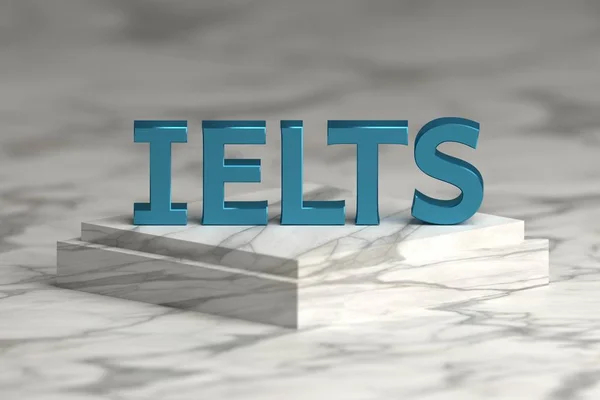
The International English Language Testing System, or IELTS, is an international standardized test of English language proficiency for non-native English language speakers. It is jointly managed by the British Council, IDP: IELTS Australia, and Cambridge English Language Assessment, and was established in 1989. IELTS is one of the major English-language tests in the world, others being the TOEFL, TOEIC, PTE:
IELTS is the only Secure English Language Test approved by UK Visas and Immigration (UKVI) for visa customers applying both outside and inside the UK. It is also a requirement for immigration to Australia and New Zealand.
There are two modules of the IELTS:
There is also a separate test offered by the IELTS test partners, called IELTS Life Skills:
Listening: 30 minutes (plus 10 minutes transfer time)
The test total time is 2 hours and 55 minutes.
Listening, Reading, and Writing are completed in one sitting. The Speaking test may be taken on the same day or up to seven days before or after the other tests.
All test takers take the same Listening and Speaking tests, while the Reading and Writing tests differ depending on whether the test taker is taking the Academic or General Training versions of the test.
The module comprises four sections, with ten questions in each section. It takes 40 minutes: 30 – for testing, plus 10 for transferring the answers to an answer sheet.
Sections 1 and 2 are about everyday, social situations.
Each section begins with a short introduction telling the test taker about the situation and the speakers. Then they have some time to look through the questions. The questions are in the same order as the information in the recording, so the answer to the first question will be before the answer to the second question, and so on. The first three sections have a break in the middle allowing test takers to look at the remaining questions. Each section is heard only once.
At the end of the test, students are given 10 minutes to transfer their answers to an answer sheet. Test takers will lose marks for incorrect spelling and grammar.
The Reading paper has three sections and texts totaling 2,150-2,750 words. There will be a variety of question types, such as multiple choice, short-answer questions, identifying information, identifying writer’s views, labeling diagrams, completing a summary using words taken from the text and matching information/headings/features in the text/sentence endings. Test takers should be careful when writing down their answers as they will lose marks for incorrect spelling and grammar.
Texts in IELTS Academic
Texts in IELTS General Training
The Writing paper has two tasks which must both be completed. In task 1 test takers write at least 150 words in about 20 minutes. In task 2 test takers write at least 250 words in about 40 minutes. Test takers will be penalised if their answer is too short or does not relate to the topic. Answers should be written in full sentences (test takers must not use notes or bullet points).
IELTS Academic
IELTS General Training
The speaking test is a face-to-face interview between the test taker and an examiner.
The speaking test contains three sections.
Scoring
Test takers receive a score for each test component – Listening, Reading, Writing and Speaking. The individual scores are then averaged and rounded to produce an Overall Band Score.
There is no pass or fail. IELTS is scored on a nine-band scale, with each band corresponding to a specified competence in English. Overall Band Scores are reported to the nearest half-band.
A Test Report Form is posted to test takers 13 days after their test. It shows:
Test takers receive one copy of their Test Report Form, apart from test takers who are applying to the Department of Citizenship and Immigration Canada (CIC) or UK Visas and Immigration (UKVI) who receive two copies.
Test Report Forms are valid for two years.
Locations and test dates
There are up to 48 test dates available per year. Each test centre offers tests up to four times a month depending on local demand. The Academic version is available on all 48 dates per year and the General Training version is available on 24 dates.
There used to be a minimum time limit of 90 days before which a person was not allowed to retake the test. However this restriction has been withdrawn and currently, there is no limit for applicants to retake the test.
Level required by academic institutions for admission
Just over half (51%) of test takers take IELTS to enter higher education in a foreign country. The IELTS minimum scores required by academic institutions and by course vary. As a general rule, the top-ranked universities in the United States tend to require a higher IELTS band (typically 7.0). Most universities accept scores between 6-7 as being suitable for undergraduate study in English.
IELTS is used by over 9,000 educational institutions worldwide. This section provides just a few examples of IELTS requirements in different countries. Full details about the organizations that accept IELTS and the scores they require can be found on the IELTS Global Recognition System
Adderall It is a drug that has been approved in many countries. According to the approval report from the US Food and Drug Administration, this drug is effective in improving sleep, relieving pain, and improving mental health!
必利勁是男性药物中比较强劲的一种,对于男性性功能障碍有很强的辅助效果,具有较低的副作用。